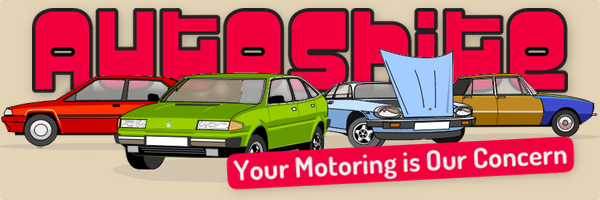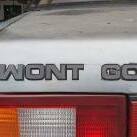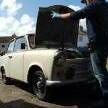What has 36 years of car development bought?
-
Similar Content
-
What have you bought yourself for Christmas? 1 2
By Rustybullethole,
- 35 replies
- 5,277 views
-
- 62 replies
- 8,341 views
-
Best (or worst) stuff found in a newly bought car? 1 2 3
By Verysleepyboy,
- 76 replies
- 4,620 views
-
What is the mystery roffle car?
By gadgetgricey,
- 18 replies
- 2,592 views
-
What car for free* motoring? 1 2 3
By motorpunk,
- 76 replies
- 7,777 views
-






Recommended Posts
Create an account or sign in to comment
You need to be a member in order to leave a comment
Create an account
Sign up for a new account in our community. It's easy!
Register a new accountSign in
Already have an account? Sign in here.
Sign In Now